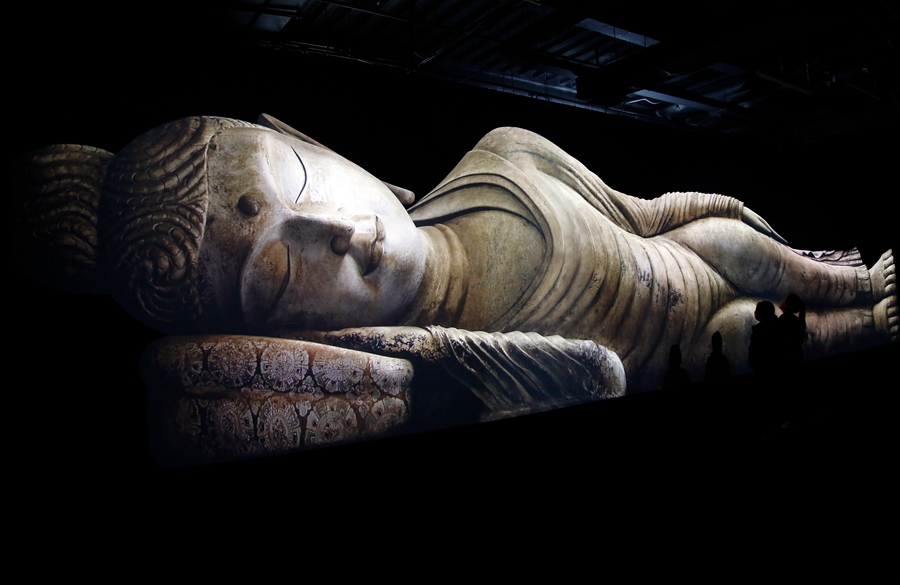Silk Road hub takes cultural lead
 0 Comment(s)
0 Comment(s) Print
Print E-mail China Daily, September 16, 2019
E-mail China Daily, September 16, 2019

Reaching out
Research in Dunhuang has come a long way since those early years, when a common phrase among many researchers used to be, "Dunhuang is in China, but studies on it occur abroad", according to Zhao.
"As a country with global cultural heritage sites, China now has a responsibility to help other nations with cultural relics to carry out important conservation work," he says.
"Dunhuang Academy, of course, needs to help the country with some of that responsibility. This includes academic exchanges on topics such as the Silk Road, which covers many aspects of the ancient Silk Road, stretching millennia and covering the culture and the arts. But there are many other areas deserving of research."
The academy has worked with countries such as Kyrgyzstan, Uzbekistan, Iran, Turkey and India.
"Through the art of Dunhuang, we take on the role of cultural diplomacy. We can allow more people, allow more countries, to understand Dunhuang art. Understanding Dunhuang art means understanding traditional Chinese art. That way, we can tell China's story and showcase China's traditional culture to the world," Zhao says.
The push to promote Dunhuang art globally rides on its ancient role and legacy as a hub of exchanges between East and West, he says.
"Dunhuang offers a major lens, a major representation, of traditional Chinese culture."
And exhibitions have been held to promote Dunhuang art around the world-in Japan, the United States, Europe, and countries along the Silk Road.
The academy is also in the middle of a major digitization drive, using the latest imaging and recording technology to archive and present its relics through online, 3D, virtual tours and other state-of-the-art renditions.
"We will continue to produce these exhibitions which have met with wide appeal in wherever they take place," Zhao says.
"As the art of Dunhuang is very special, and it is a crystallization of Silk Road exchange, Westerners, and people in Central Asia, East Asia and India, sense in Dunhuang art a familiarity with their own ancient art. It appeals to them.
"Through Dunhuang art, they can see the influences of ancient Greece, of Persia in Central Asia, of India …the Chinese may not notice them, but Westerners, they are very interested in these aspects of familiarity."
For example, in 2016, the academy held an exhibition in the US. "Before that, there were concerns over whether people there would understand Dunhuang art. Would Americans understand Chinese culture? But once our exhibition started, it attracted many people. There were long lines every day in Los Angeles."
7b78b376-d203-44f8-85c9-35eed385e746.jpeg)




Go to Forum >>0 Comment(s)